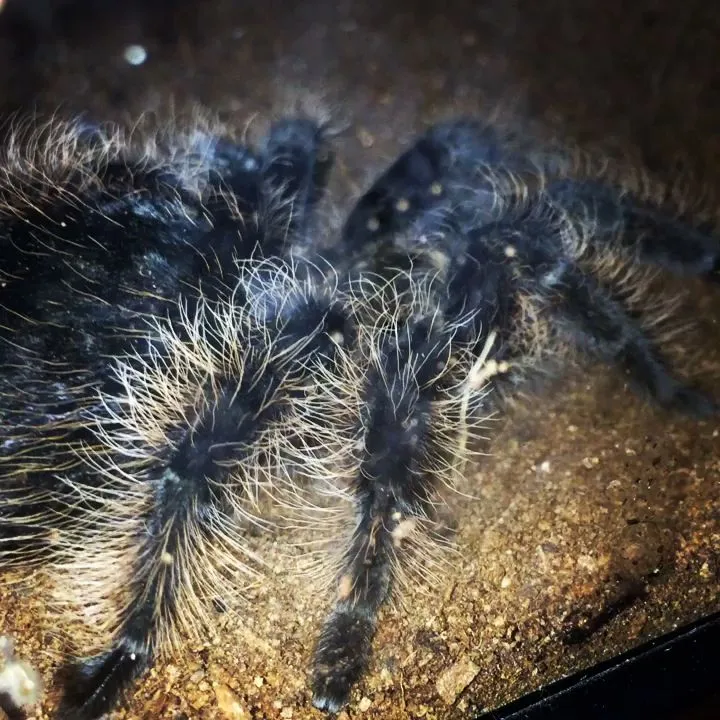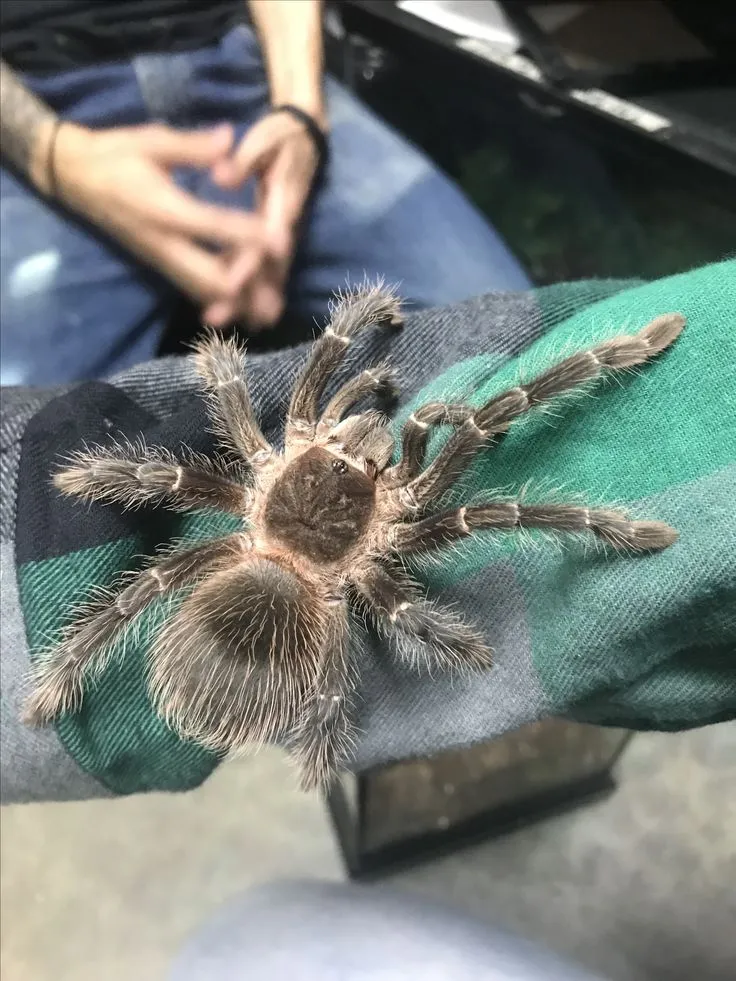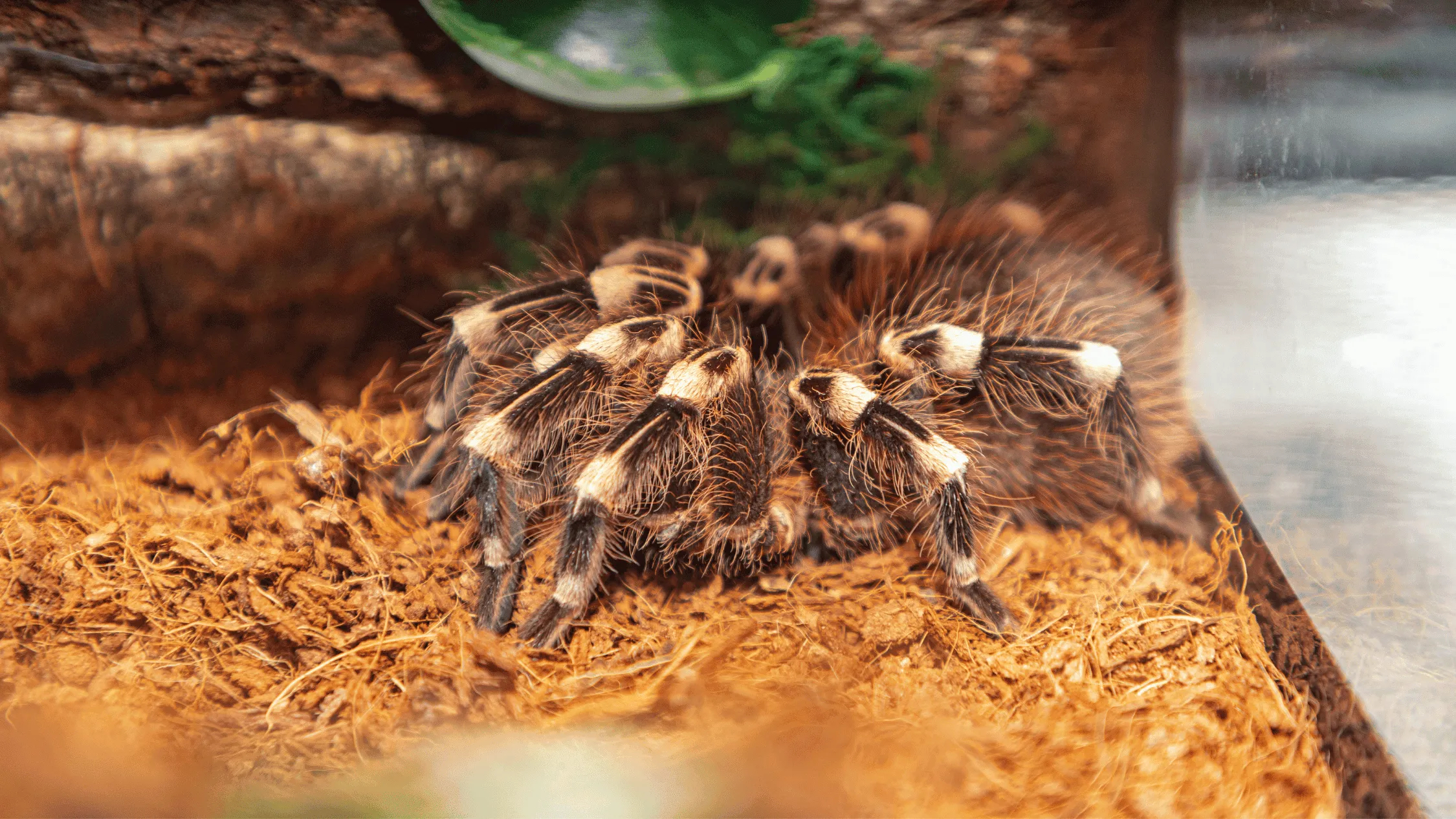7 Ultimate Tips to Buy Pet Tarantula Online
The allure of owning a tarantula is undeniable for many exotic pet enthusiasts. The prospect of buying a pet tarantula online has made this fascinating hobby more accessible than ever. However, the convenience comes with responsibilities. This guide provides seven essential tips to help you navigate the process of buying a pet tarantula online successfully. By following these guidelines, you can increase your chances of welcoming a healthy and thriving tarantula into your home while avoiding common pitfalls. From researching species to understanding shipping protocols, each tip aims to equip you with the knowledge needed for a positive experience. Buying a pet tarantula is a rewarding experience, but it requires careful planning and execution. Let’s dive in and ensure you’re well-prepared for your new arachnid companion!
Researching Tarantula Species
Before you even consider buying a pet tarantula online, understanding the different species is critical. Each species has unique needs, including temperament, size, and care requirements. Some tarantulas are better suited for beginners due to their docile nature and ease of care. For example, the Chilean Rose Hair tarantula (Grammostola rosea) is often recommended for first-time owners because of its relatively gentle temperament. Other species, such as the Greenbottle Blue (Chromatopelma cyaneopubescens), are visually stunning but may be more challenging due to their specific humidity and temperature needs. Thoroughly research the species you’re interested in, paying close attention to their natural habitat, feeding habits, and potential for defensive behavior. This research will inform your purchasing decision, help you prepare for your new pet, and ensure you can provide an environment that meets its specific needs.
Choosing the Right Tarantula for Your Experience

Your experience level plays a vital role in selecting the right tarantula. As a beginner, it’s wise to start with a species known for its calm demeanor and straightforward care requirements. Avoid species known for their speed, potent venom, or high aggression. Consider the size of the tarantula, as larger species often require larger enclosures and more food. The temperament of a tarantula is also essential; some species are more likely to bite or flick urticating hairs, which can cause irritation. Start slow and build experience, gradually venturing into more advanced species as you become more confident. Always remember, a well-informed decision based on your capabilities and lifestyle will lead to a more enjoyable ownership experience for both you and your tarantula.
Understanding Tarantula Temperament
Tarantula temperament varies widely among species, and even among individuals of the same species. Some tarantulas are naturally docile and easy to handle, while others are more defensive and may bite or kick hairs as a defense mechanism. Understanding these differences is crucial. Research the typical temperament of the species you’re considering. Note that even docile species can become defensive if threatened or stressed. Always approach a tarantula slowly and calmly, and avoid sudden movements. Learn to recognize the signs of stress, such as a defensive posture or raised front legs. If you are new to the hobby, observe your tarantula for a while to understand its behavior and personality before attempting to handle it. Safety should always be your top priority.
Finding Reputable Online Sellers
The success of buying a pet tarantula online depends heavily on choosing a reputable seller. Look for vendors with a solid reputation in the tarantula community. These sellers typically offer healthier specimens and provide better customer service. Reputable sellers are often active in online forums and social media groups dedicated to tarantulas. They will be transparent about their breeding practices, the origin of their tarantulas, and the care they provide. Avoid sellers with limited information or vague descriptions. Be cautious of suspiciously low prices, which may indicate poor health or questionable sourcing. Spending a bit more with a reputable seller can save you heartache in the long run.
Checking Seller Reviews and Reputation

Before making a purchase, thoroughly research the seller’s reviews and reputation. Check online forums, social media, and review sites for feedback from previous customers. Look for consistent positive reviews that mention the health of the tarantulas, the quality of their packaging, and the seller’s responsiveness to inquiries. Negative reviews, while not always indicative of a widespread problem, should be carefully examined. Pay attention to any recurring complaints, such as issues with tarantula health, incorrect species identification, or poor customer service. If a seller has a history of such issues, it is best to avoid them. A well-regarded seller will have a strong history of satisfied customers and a commitment to quality.
Verifying Tarantula Health and Condition
When buying a pet tarantula online, it’s crucial to verify its health and condition before making a purchase. Reputable sellers will usually provide clear photos or videos of the tarantula. Look for signs of a healthy specimen, such as a plump abdomen, clean legs, and bright coloration. Avoid tarantulas that appear emaciated, have missing limbs, or exhibit signs of illness, such as lethargy or lack of appetite. Inquire about the tarantula’s molt cycle, as a tarantula close to molting may be less active and more vulnerable during shipping. Ask the seller specific questions about the tarantula’s feeding habits, behavior, and overall health. A healthy tarantula is more likely to thrive in your care and bring you years of enjoyment.
Preparing Your Tarantula Habitat
Before your tarantula arrives, it is essential to prepare its habitat. This preparation will ensure a smooth transition and minimize stress for your new pet. Research the specific environmental needs of your tarantula species. Factors to consider include enclosure size, substrate type, temperature, humidity, and the availability of hides. The enclosure should be escape-proof and provide ample space for the tarantula to move around. The substrate should be appropriate for burrowing or climbing, depending on the species. Having the habitat ready ahead of time will allow you to promptly place your new tarantula in a suitable environment upon arrival, promoting its well-being.
Selecting the Right Enclosure

The right enclosure is crucial for your tarantula’s health and safety. The enclosure should be appropriately sized for the species, allowing for adequate space without being excessively large, which can make it difficult for the tarantula to find its food. Consider the type of tarantula; terrestrial species need a horizontal enclosure, while arboreal species require a taller one. The enclosure should be made of a durable, escape-proof material, such as glass or acrylic. Ensure that the enclosure has proper ventilation to prevent the buildup of harmful mold and maintain the appropriate humidity levels. The lid should be secure, and the enclosure should be easy to clean and maintain. Choose an enclosure that is both functional and aesthetically pleasing to complement your tarantula’s habitat.
Providing Appropriate Substrate and Hiding Places
The substrate serves as more than just a floor for your tarantula; it provides a necessary environment for burrowing, maintaining humidity, and offering security. The type of substrate depends on the species; some tarantulas thrive in a mix of peat moss, vermiculite, and coconut fiber, while others prefer more arid substrates like sand or gravel. Ensure the substrate is clean and free from pesticides. Provide hiding places, such as cork bark, artificial plants, or pre-made hides. These provide a secure environment for your tarantula to retreat, especially when molting or feeling stressed. The substrate and hiding places contribute significantly to your tarantula’s comfort and well-being.
Setting Up Heating and Lighting
Temperature and lighting are essential for maintaining a healthy environment for your tarantula. Most tarantulas thrive in temperatures between 70-80°F (21-27°C). Research the specific temperature requirements of your chosen species. Use a low-wattage heat source, such as a heat mat, to maintain the appropriate temperature. Place the heat mat on the side of the enclosure to prevent the substrate from drying out too quickly. Avoid placing the heat source directly under the enclosure, as this can cause the tarantula to overheat. Lighting is usually not critical for tarantulas, as they are primarily nocturnal. However, a low-wattage LED light can be used for viewing your tarantula. Always monitor the temperature with a thermometer to ensure the environment is ideal for your tarantula.
Understanding Shipping and Handling

Shipping a tarantula requires careful planning and execution. The seller should have experience shipping live animals and use appropriate packaging to ensure the tarantula’s safety during transit. Packaging typically includes an insulated container, cushioning material, and air holes for ventilation. Before the tarantula ships, confirm the shipping date and estimated arrival time. Be available to receive the package promptly to minimize the time the tarantula spends in transit. Upon arrival, handle the package with care. Be prepared for delays due to weather or other unforeseen circumstances. Understanding the shipping process and communicating effectively with the seller can help ensure a safe and stress-free experience for your tarantula.
Shipping Regulations and Restrictions
Before you buy a pet tarantula online, it is essential to understand the shipping regulations and restrictions. These regulations can vary depending on the state, country, and the specific tarantula species. Some states may prohibit or restrict the import of certain tarantula species. Research the laws in your area and confirm that the seller can legally ship the tarantula to you. The seller is typically responsible for adhering to shipping regulations. However, it is your responsibility to be aware of these rules to avoid potential legal issues. Knowing the shipping regulations ensures a smooth and compliant transaction, protecting both you and the seller.
Receiving and Inspecting Your Tarantula
Upon receiving your tarantula, inspect it immediately. Open the package in a well-lit area and carefully check the tarantula’s condition. Look for signs of stress, such as lethargy or unusual posture. If you notice any issues, take photos or videos of the tarantula and contact the seller immediately. Ensure the tarantula is moving and appears healthy. If the tarantula is in a vial or container, carefully transfer it to its prepared enclosure, minimizing stress. Place the enclosure in a quiet area, allowing the tarantula to acclimate to its new environment. Provide fresh water and a hiding place. Monitor the tarantula’s behavior over the next few days, looking for signs of stress or illness.
Caring for Your New Tarantula

Caring for a tarantula involves consistent attention to its needs. Regular feeding, providing fresh water, and maintaining the correct humidity levels are all essential for your tarantula’s well-being. Handle your tarantula only when necessary. Frequent handling can stress them out and increase the risk of bites or injury. Educate yourself on the molting process and avoid disturbing your tarantula during this vulnerable time. Create a routine to make sure you are giving it the proper care on a daily basis. By providing the right care, you can make your tarantula thrive and enjoy its presence in your home.
Feeding Your Tarantula
The feeding schedule depends on your tarantula’s age, species, and growth rate. Younger tarantulas typically need to be fed more frequently than adults. Feed your tarantula insects such as crickets, mealworms, or roaches. The size of the prey should be appropriate for your tarantula; generally, the prey should be no larger than the tarantula’s body. Remove any uneaten food within 24 hours to prevent mold and mites. Offer food by dropping it into the enclosure with tongs. Provide a fresh water source at all times. Observe your tarantula’s eating habits. A tarantula that isn’t eating may be close to molting. Make adjustments to the feeding routine based on your tarantula’s needs.
Providing Water and Maintaining Humidity
Fresh water is essential for your tarantula’s survival. Provide a shallow water dish filled with clean water at all times. Replace the water regularly to prevent bacterial growth. The required humidity levels vary by species. Research the humidity needs of your specific tarantula species. Monitor the humidity level with a hygrometer. Maintain the appropriate humidity through misting, using a humidifier, or providing a water dish. Avoid excessive humidity, which can lead to mold growth. Proper hydration and humidity are essential for your tarantula’s health, helping it to molt and thrive in its environment.
Monitoring Your Tarantula’s Health and Behavior

Regularly monitor your tarantula’s health and behavior. Observe its eating habits, activity levels, and overall appearance. Healthy tarantulas are typically active and eat regularly. Look for any signs of illness, such as lethargy, loss of appetite, or unusual behavior. Monitor the substrate for any signs of mites or mold. Be aware of the molting process. A tarantula that is close to molting may stop eating and may spend more time in its hide. Any changes in behavior or appearance should be noted. Promptly address any health issues. Early detection is important for ensuring the well-being of your tarantula and addressing potential problems before they become severe.
In conclusion, buying a pet tarantula online can be a fulfilling experience, but it requires careful planning, research, and responsible sourcing. By following the seven ultimate tips outlined in this guide, you can confidently navigate the process and welcome a healthy, thriving tarantula into your home. Remember to prioritize the well-being of the tarantula. With the right knowledge and dedication, you can enjoy the unique and fascinating world of tarantula ownership. Welcome to the world of arachnids, and enjoy the journey!
